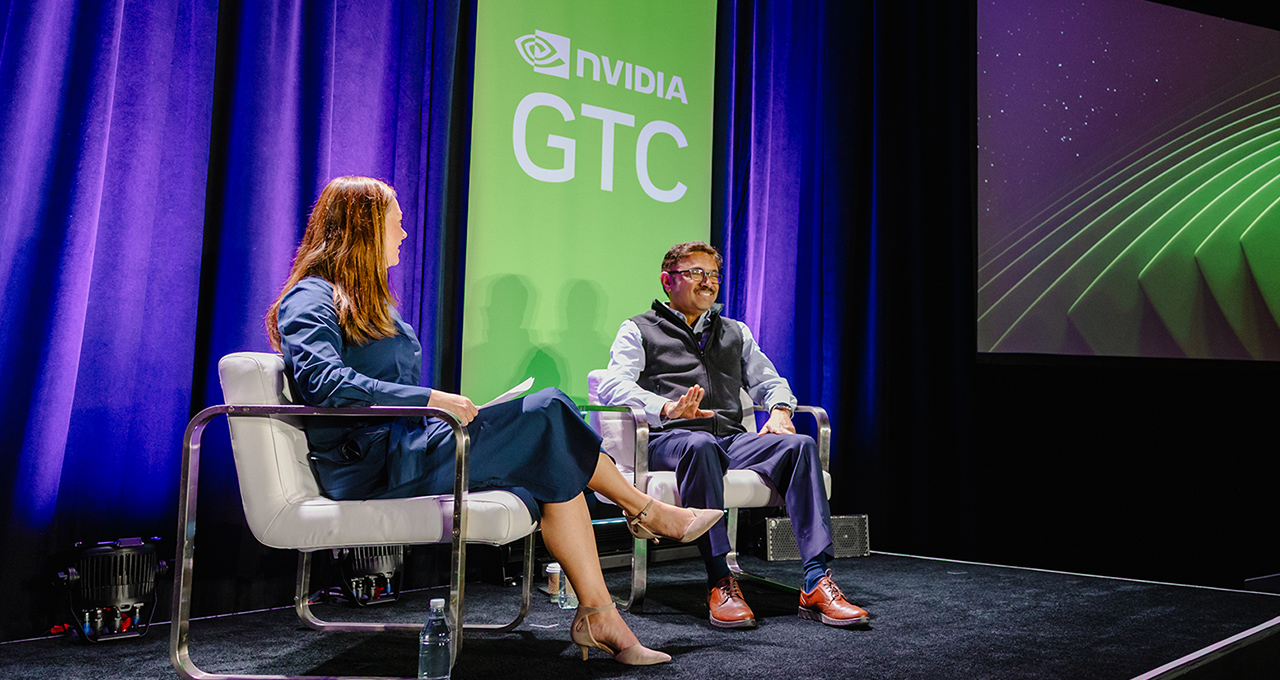
WWW.THEVERGE.COM
I used the ‘cheat on everything’ AI tool and it didn’t help me cheat on anything
Tech evangelists have been yammering about “working smarter, not harder” for years. Now, two 21-year-old Columbia University dropouts are proposing a new $5.3 million twist on the concept: use their AI tool Cluely to “cheat on everything.”That’s what it literally says in Cluely’s online manifesto: “We want to cheat on everything.” Unlike the AI chatbots you’re familiar with, it describes Cluely as an “undetectable AI-powered assistant built for virtual meetings, sales calls, and more.” It claims to read your screen, listen to your audio, and let you discreetly prompt AI to find answers or whip out smart responses in real-time. Basically, the next time you’re in a team meeting, job interview, sales call, or online test, Cluely promises you’ll come off smarter thanks to AI — and no one will be the wiser.“Imagine you’re trying to sell someone something and you got this tool that knows every single detail about them, their professional lives, about you, and about your company. It’s as if you’ve done 10 hours of research and all of the sudden, every single question they ask, every single objection they face — you immediately have an answer,” Cluely cofounder Chungin “Roy” Lee tells me in a video call. Lee describes it as “true AI maximalism,” where in every possible use case AI can be helpful it is. Lee recently went viral for cheating his way to an Amazon internship with his last project, Interview Coder. Similar to Cluely, Interview Coder was pitched as an invisible app that helps programmers secretly use AI chatbots on technical tests in job interviews. Not only did Lee document and post the entire process, the stunt led to him getting suspended from Columbia. (He and his cofounder Neel Shamugan decided to drop out after disciplinary proceedings.)“The video was like a launch of our vision, not a launch of the product.”It’s a wild story. Even wilder is the six-figure ad Cluely dropped over the weekend. Lee stars in the ad, using Cluely to catfish his date into thinking he’s a 30-year-old senior software engineer. He can see an AR display that analyzes her speech in real time while providing visual references to his own dating profile and answers to her questions. When his date catches on to the ruse, Cluely tries to salvage the situation in real-time as if it were an AI Cyrano de Bergerac. It hints he should reference her artwork and quickly generates a script to convince her that despite the lies, he’s worth a second shot. This Black Mirror-esque ad is Lee’s elevator pitch for what “cheating on everything” looks like. After all, why stop at technical interviews when you could have an AI wingman?Apologies for the crappy photos but this doesn’t show up in screenshots. Image: Victoria Song / The VergeI’m a journalist. My job is asking smart people smart questions. Why not try “cheating” with Cluely to become a better interviewer? Who better to test this hypothesis on than Lee himself?Hopping onto a Zoom call with Lee, Cluely doesn’t work like I’d imagined. In the ad, Cluely works like magic. It instantly understands the situational context and the user doesn’t have to do anything. In reality, we spend the first couple minutes troubleshooting Cluely-related audio problems. The AI can’t intuit what I need to know even though I gave it some context ahead of the call. There’s no being discreet when you have to type prompts with a clacky mechanical keyboard. The few times I try, it’s obvious my eyes are wandering to the side of my screen. And whenever I shoot off a prompt, the AI takes forever to generate a response. These are all flaws that Lee acknowledges. “Right now the product is in its earliest possible stages. This is a bit more than a proof of concept that was developed in a few weeks,” Lee says. “The video was like a launch of our vision, not a launch of the product.” The problem with AI has never been a lack of vision. The fine print is in the execution. Poor execution almost always shatters the illusion of whatever future tech founders are peddling. Cluely is no exception. When I show my spouse Cluely, they lift a quizzical brow and ask, “Why not just use Google?” “The reason to use AI over Google is pretty obvious. AI will just give you better answers than Google does, and if people don’t think that, then they should just use Google,” says Lee. It’s a reasonable answer, if, like in the story of Cyrano, your AI pal is always smarter, faster, and wittier than you. But what if it isn’t? What if it’s boring, slow, or worse than you at comprehension? This isn’t a bad pitch but in our newsroom, I know my editors would push me to go for a more unique angle. Image: Victoria Song / The VergeI tried using Cluely with my editor and during one of my actual team meetings. Neither went smoothly.With my editor, I had many of the same technical problems, albeit the latency is less of an issue in a relaxed conversation about shared interests. She asked me what I thought of K-pop group BlackPink’s solo careers — particularly Jennie’s recent performance at Coachella. Thankfully, that’s a topic I have many thoughts on but I prompted Cluely anyway. It spat out a generic, stiffly-worded answer about how it’s awesome to watch a celebrity express themselves creatively 90 seconds after I’d already shared my true opinion. That’s an eternity of silence in an interview. In my meeting, I had to ask my colleagues if they’d be okay with me using Cluely beforehand. Cheating, by definition, requires subterfuge — something that Cluely’s own terms of service and privacy policy frown upon. Due to recording consent laws, Cluely says you should ask for consent of parties present because to do so otherwise could be illegal. That feels like pulling back the curtain on the Wizard of Oz, not to mention, defeating the purpose of “cheating.” Do I sound smarter if people know there’s a chance it’s AI-generated thoughts coming out of my mouth? On the meetings call, Cluely seemed to cause mic issues resulting in lots of audio feedback. My colleagues asked me multiple times to mute myself. (All the audio problems disappeared once I stopped Cluely.) It’s hard to look smart when the AI can take two whole minutes to digest a conversation, you get distracted by four errors that pop up, and everyone shushes you because of messed-up audio. There’s a future in which a faster, smarter AI could be everyone’s personal Cyrano. For what it’s worth, Lee doesn’t see AI or Cluely’s mission quite in that way. Cheating is the metaphor because AI, Lee says, will inevitably become so powerful, using it will feel like cheating. He’s convinced that “AI is the lever that will let us experience the true extent of our humanity” by cutting out tedium and letting us pursue whatever it is we actually want to do. It’s an idea AI evangelists frequently preach. But that’s not where we are today. While testing Cluely, I put a lot of effort into making it work for me. I’d ended up working harder to be worse at my job than I usually am. I wondered, wouldn’t it have been easier to simply not cheat?See More:
0 Commenti
0 condivisioni
30 Views











